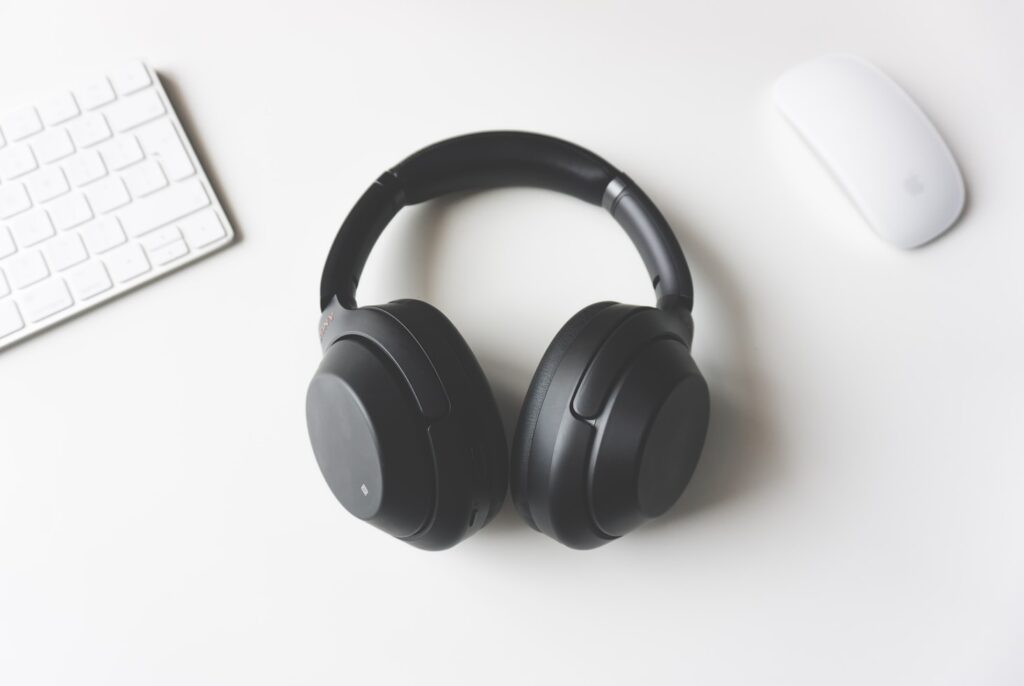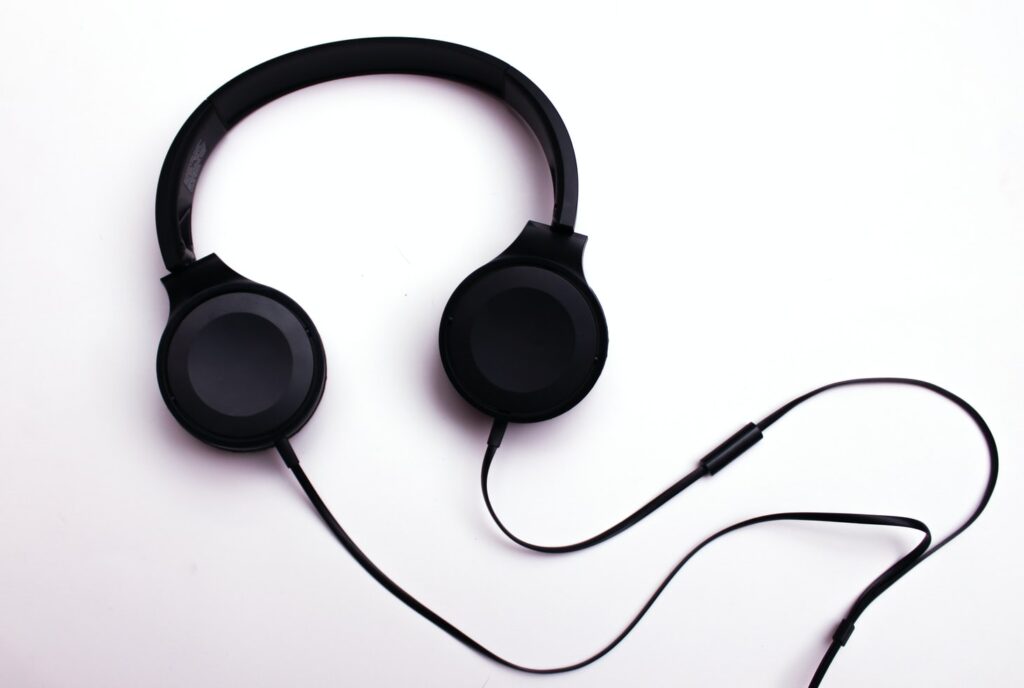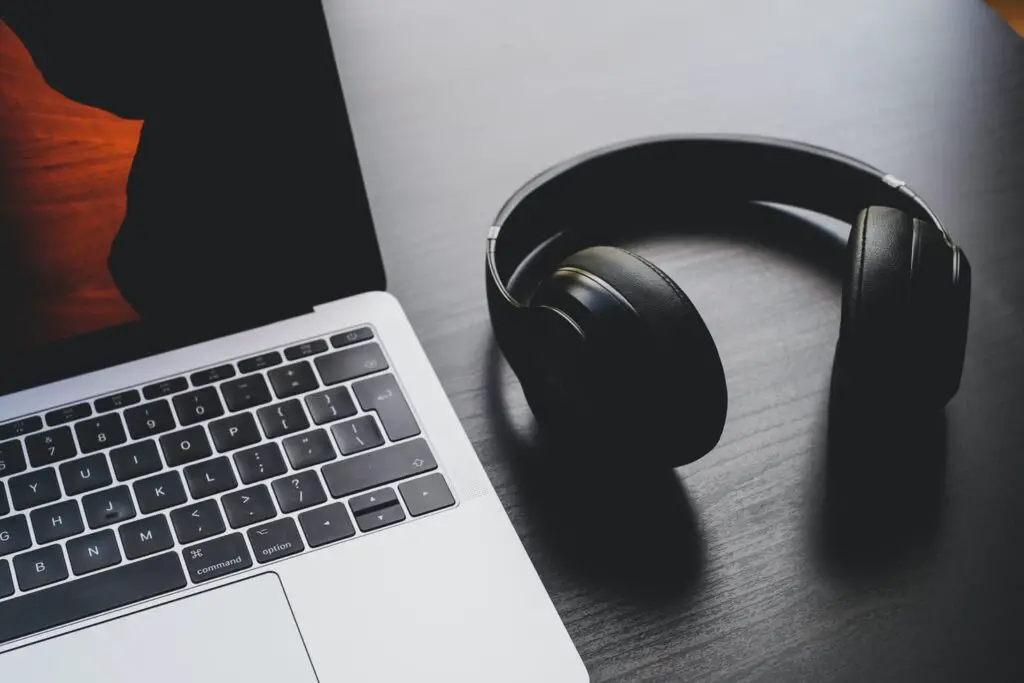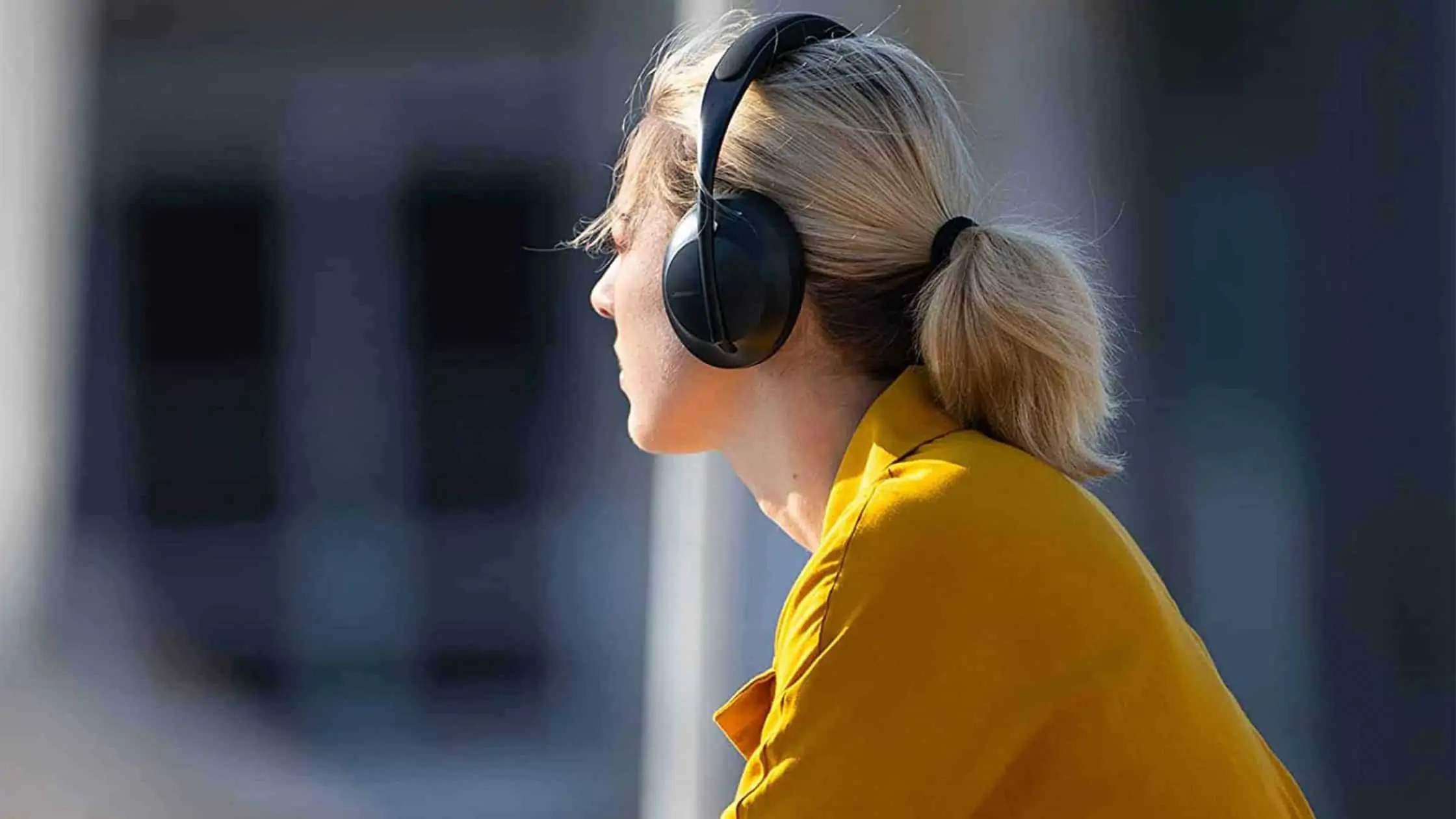Noise-canceling headphones with Active Noise Cancellation (ANC) offer relaxed music enjoyment even in noisy surroundings. But the quality of the noise-canceling headphones fluctuates enormously.
They are also available from very cheap to very expensive, although good models can also be found in lower price ranges.
We have thoroughly tested numerous over- and on-ear and in-ear models. Recommended inexpensive versions are available for less than $100. For the top models, you pay up to $300.

Best Noise-Canceling Headphone for Clarity: Sony WH-1000XM4
Sony WH-1000XM4 (for price comparison) are first-class Bluetooth headphones. The already very good sound quality of the XM3 has been improved a bit, especially in terms of clarity. The sound can also be adjusted in the app.
Unlike its predecessor, the XM4 no longer supports the aptX codec – but that doesn’t make a practical difference for us. The noise-canceling is excellent and leaves little to be desired in the test.
The XM4 is a comfortable headphone that can be worn for a long time without showing signs of fatigue – only the ears get a little warm after a long time.
The workmanship leaves a very good impression and Sony remains faithful to the touch controls, which functioned reliably in the test. Real buttons are only available for changing the Active Noise Canceling modes and switching on and off.
Extras like the so-called speak-to-chat or a proximity sensor complete the picture. Speak-to-Chat means the headphones switch to the ambient sound mode when you speak.
The proximity sensor allows the music to be paused automatically when you remove the headphones – and to start without input when you put them back on.
We measured a strong 41:29 hours as the maximum battery runtime without Active Noise Canceling and almost 30 hours with ANC. But the quality has its price, the Sony WH-1000XM4 is one of the most expensive headphones on our list of the best.
Best Noise-Canceling Headphone Under $100: JBL E65BTNC
The over-ear headphones JBL E65BTNC (for price comparison) offer a good, but sometimes a bit too bassy sound. The headphones do not always sound completely natural, but sometimes cool and exhausting despite the rich bass, but basically, you get good sound quality at a low price.
The noise-canceling also works effectively. The ANC strength cannot be adjusted. The JBL is surprisingly well suited for telephony; your voice is transmitted loudly and without noise.
The over-ear headphones are comfortable to wear and there is little pressure on the ears. Depending on the shape of the head, the JBL sits a little loosely and can slip.
The equipment is good, but the aptX codec is not supported. The battery life with active noise cancellation is over 20 hours, which fits. Without the ANC it is around 33 hours. The charging time of the JBL E65BTNC is also extremely short.
Best Noise-Canceling In-Ear Headphone: Sony WF-1000XM4
As the current in-ear leader, the Sony WF-1000XM4 noise-canceling headphones in almost every respect in the test. The balanced sound is one of the best that in-ears in this price range currently have to offer, and the very long battery life and the well-rounded features are also convincing. The high quality can also cost Sony a lot without investing in a higher quality case.
The XM4 noise-canceling headphone goes without the rubber attachment of the predecessor and only offers you three different-sized foam attachments to choose from. The optimal size, however, closes the ear canal well and can be determined using the “Headphone” app. The earphones are easy to insert and sit comfortably without applying too much pressure.
The splash protection following the IPX4 standard is also good. The other features convince with voice control, touch gestures and the “Speak to Chat” ambient sound mode.
Unfortunately, unlike the XM4 headset headphones, Sony does not allow the WF-1000XM4 to be connected to two devices at the same time, such as a notebook and a mobile phone.
Together with the charging capacity of the case, the in-ears lasted an astonishing 49:53 hours of playback without ANC – alone it is enough for almost 14 hours, with ANC at least 32:30 hours.
The sound of the WF-1000XM4 noise-canceling headphones is very good. Although it doesn’t make an elementary jump for us compared to the XM3, we like it. The XM4 offers a full, warm, and balanced sound; the bass is pleasantly present without being exaggerated.
The clarity and voices are also pleasing. The XM4 sounds best with activated noise canceling. Incidentally, this works excellently and reliably reduces ambient noise.

Best Noise-Canceling In-Ear Headphones For Under $100
For around $70, the FreeBuds 4i from Huawei is not only significantly cheaper than the current test winner but can also convince in the test with a very good sound, long battery life, and good noise canceling.
The small and therefore very mobile case makes a mediocre impression and is initially confusing due to the counterintuitive placement of the buds. At least these look valuable and sit comfortably in the ear. The playback is controlled via the touch surfaces on the earphones.
The performance of the battery is not one of the top values on our list of the best, but it is particularly impressive within the price range. Together with the charging of the case, our test model achieved a total of 19:17 hours without ANC, the buds alone lasted around 09:12 hours. On the other hand, they are available for 5:09 hours of playback after just 15 minutes of charging.
In terms of sound, the FreeBuds 4i is a significant step forward compared to their predecessors. The balance and neutrality of the sound are pleasing here, while the bass also cuts a fine figure.
Unlike before, it appears a bit more reduced here and makes the music appear more natural overall. In metal songs, on the other hand, the bass should be more present.
Both the active noise suppression and the transparency mode leave a good impression, but cannot keep up with the test winner.
Price-performance assessment for Active Noise Canceling headphones
When assessing the price, you should consider two things: Headphone models in the price range of around $80 to $400 showed at least a good result in the test in terms of active noise suppression. An efficient ANC function is therefore not necessarily particularly expensive.
Even the best noise suppression is of no use if the sound quality of the Bluetooth headphones is not convincing. If you want a good result in both categories, you will have to pay more than 200 euros in most cases. However, there are also some cheaper alternatives here.
Advantages and Disadvantages: What Does Active Noise Canceling Mean?
Active noise suppression is always useful if you want to listen to music in a louder environment, even at a low volume level. All models tested here have active noise cancellation (ANC): They are equipped with microphones that pick up the ambient noise and generate sound waves in antiphase to dampen or, at best, cancel out the noise for the listener. Of course, this also works when playing music, but it often changes the sound.
Even the test winner – the Sony WH-1000XM4 – does not succeed in completely suppressing the sound of the environment. Even, deeper humming noises disappear almost completely. But middle and higher frequencies, which have less energy than the bass range and are therefore less disturbing, can still be heard – but only as a whisper.
In terms of ANC effectiveness, there are clear differences between the headphones, although you can get good noise insulation even in the middle class for around 150 dollars.
If this feature is important to you, you should buy a model that gets at least a good rating from us in the ANC.
If you are looking for headphones with the best noise suppression, the design is of secondary importance. For example, the over-ear Sony WH-1000XM4 and the truly wireless in-ear Sony WF-1000XM4 offer a similarly effective ANC; both provide excellent insulation.

Noise Canceling Headphones: Tips for Buying
Anyone looking for Bluetooth headphones must first make a few decisions to narrow down the selection in a meaningful way: Should it be a device with active noise canceling or is passive noise insulation enough? Prefer on-ear, over-ear, or in-ear? If in-ear, then completely wireless (“true wireless”) or with a neck strap? The options are as diverse as the tastes and usage scenarios.
Voice reinforcement and other practical additional features
If you want to have a conversation with the headphones on or listen to announcements on the train or plane without any problems, you should ensure that you purchase a device with a so-called TalkThrough, Ambient Sound, or OpenMic feature.
Here, the headphones activate the microphone and, in particular, pass voices through in a very understandable manner. With the Sony XM4, you only have to put your hand on the auricle.
In some cases, it is also possible to set the ANC granularly or to choose between different strengths: In this way, quiet returns to a certain extent, but the outside world can still be heard.
Carrying comfort: Correct fit is important
However, some people find the unnatural silence uncomfortable because it sometimes feels like pressure on the ears. Because by closing the ear, there is less pressure equalization, which leads to the so-called occlusion effect.
Background noise is also audible in many ANC models – this can be annoying with quiet music passages. Wind often also has a negative effect, which creates a distinct noise or scratching in the headphones when it sweeps over the microphones.
Even under a hood or when driving in a wobbly bus, the noise-canceling headphones don’t always cut the best figure. Because sudden changes in pressure and position change the sound and sometimes begin to wobble – which doesn’t happen with normal headphones.
No battery replacement: Permanently installed batteries
Noise-canceling reduces the maximum battery life in a large number of models – sometimes even significantly. In our list of the best, you will find the battery life with the ANC switched on and the battery life without this feature.
Unfortunately, the batteries of practically all models are permanently installed and cannot be replaced by the user.
Beats charges around $100 for the exchange, other well-known manufacturers such as Sony, Bose, and Sennheiser only want to state the costs on a case-by-case basis – a defective battery outside the warranty period can therefore quickly become a total loss.
This makes a good battery life all the more important so that you can still enjoy your headphones after a few years when the maximum battery capacity drops.
We find it regrettable that devices that can last a decade or more are degraded to disposable products as a result of such steps.
After all, the headphone headphones can also be supplied with music via a jack cable. For many, this even works when the battery is empty.

Sound quality: good sound doesn’t have to be expensive
You get good sound quality in the price range of around $150. You don’t have to spend $300 or more to have fun occasionally listening to music. In part, the sound in the entry-level class does not seem completely natural and balanced, but – depending on the model – it can be completely okay not only for the price.
If you want to experience the best possible sound, you should dig a little deeper into your pocket and possibly readjust it using the equalizer.
For our taste, with closed headphones of this class (as well as with Bluetooth boxes up to 300 euros), it is soundingly irrelevant whether the codecs AptX (HD) or LDAC are used for a higher Bluetooth bit rate or just the standard codec SBC that supports bit rates up to 345 kilobits per second. The latter is completely sufficient, especially for music streaming from Spotify and similar.
In-ear Noise Canceling Headphones for Sports and Mobility
Which construction method is suitable for you should first and foremost depend on your personal preferences and the intended use scenario. In-ear models are pressed into the ear canal and are better suited for sporting activities, especially the so-called true wireless types, which manage completely without cables.
Earplugs with a neck strap do not sit quite as freely and sometimes have the problem that the cable from the neck strap pulls on the plugs, but they sometimes offer a longer battery life because there is a larger battery in the strap.
When packed, in-ear models hardly take up any space, which is particularly helpful when traveling. And people who wear glasses, are also better suited since the temple does not have a disruptive influence on the sound quality and ANC effectiveness.
On the other hand, some people find the pressure in the ear canal from the foam pads annoying after a while. Earplugs also get dirty more easily.
Over-ear Noise-canceling Headphones with the Best Battery Life
Over-ear and on-ear headphones surround or rest on the ears. They often have better battery life in the test, 25 hours of continuous runtime is not uncommon.
Some models achieve significantly more. With moderate use of three hours a day, it is often sufficient to only charge the devices once a week.
In terms of sound, over-ear models can often boast a slightly fuller and spatially deeper sound compared to the same expensive in-ear variants.
In the best case, over-ear models can be worn for hours without showing signs of fatigue; in the worst case, they put pressure on the ears, jaw, and crown. Wearing comfort can only be generalized to a limited extent, as people have different head shapes.
It is therefore advisable not only to try listening to headphones but ideally also to try them on for a while and pay attention to whether they press anywhere – a pressure point on the jaw or the top of the skull, which may hardly be noticeable in the first few minutes, can spoil the fun after a while.
Over-ear headphones keep your ears warm in winter, but you sweat a little in summer. When traveling, they are not as easy to stow as in-ear earplugs. However, many models can be folded up and stored in a small case – many manufacturers also supply hard cases.
On-ear headphones are a little more compact than over-ear models and are good for commuting and short periods of listening to music. If you like to dive for longer, you could be bothered by the pronounced pressure on your ears after a while.

